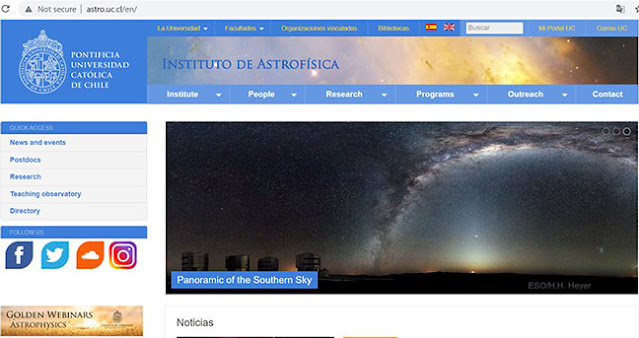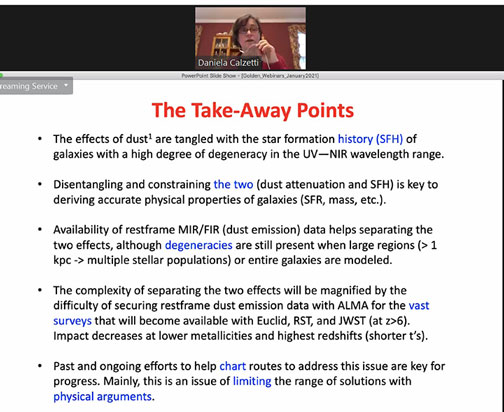Greetings from Palmia Observatory
Well the weather has turned cold and rainy so more time for inside activity. First up we can report that some folks actually did some work on the quiz.
The quiz posted in last week's blog was to do some photo analysis of tire watermarks and provide an estimate of the size of the tire. Well, our Gravity Guy and Part-time Las Vegan, Ken, did some analysis, for which he received an "A" and he determined that the watermarks could not have been made by a regular sized automobile tire. With the help of Astronomer Assistant Ruby we can report and conform that conclusion by making our own measurements. Check out the distance estimates calculated using just a quick measurement using Photoshop and not doing any fine pointing or statistical averaging. The red lines are for illustrative purposes only and do not represent the actual measurement details.
 |
| Astronomer Assistant Ruby oversees image measurements (Source: Palmia Observatory) |
Based on these measurements the tire size is estimated to be 13.5 inches in diameter and the width of the water in the gutter is estimated to be 11.7 inches. No correction was made for camera angle tilt or curvature of tire tracks. Yes, an automobile tire is larger than this and so is a golf cart tire which comes in about 18 inch diameters. It turns out that we have a maintenance cart that goes about on the observatory grounds and those tires are typically 13 inches in diameter. We have all sorts of vehicles driving around here. Hmm, we guess the mystery vehicle leaving those watermarks was the maintenance cart! Thanks for your help, Ken, who also introduced the new distance ladder, "the Pockni", standing in for 3.75 inches!
In other SpaceX news, we see that Elon has picked up a couple of surplus offshore oil platforms for conversion for sea launch capability for future Starship launches. That is pretty neat and low cost means of getting sea launch capability.
I remember when I was working in the oil business, years ago, and how we flew offshore one time in the Gulf of Mexico to a different derrick barge. I was a little nervous as the helicopter pilot, who did not appear nervous, even as we flew for half and hour or so out into the gulf with nothing in sight. The navigation equipment I could see said we were on course and it was very nice to eventually spy the drilling derrick on the horizon and the helipad eventually coming into view too. Now Elon has picked up two of the old surplus oil platforms, "Phobos" and "Deimos" for modification to become offshore sea launch platforms. There is a lot of work ahead to remove all of the oil related equipment and put on all of the launch related structures, but the major portion of the sea going platform is intact and keeps the development costs low. Sea launches will not face the same safety constraints to orbital trajectories as do launches from Boca Chica. Go Elon!
 |
| SpaceX prepares sea launch platform Phobus (Source: @What about it) |
In other astrophysics news, you might be interested in signing up for the free astrophysics lectures from the Pontificia Universidad Catolica de Chile, This free series, "Golden Webinars in Astrophysics" is presented in English and offers interesting speakers with up to date topics. So check it out and stay up to date. Just remember when you put the starting time in your calendar that Santiago is 5 hours ahead of Pacific Time.
 |
| Golden Webinars in Astrophysics (Source: http://astro.uc.cl/en) |
This week's lecture was given by Daniela Calzetti, U. of Massachusetts. Amherst, on "Understanding the Evolution of Galaxies: How to Tease Star Formation out of Dust."
 | |
|
Daniela first of introduced here take away points that we should keep in mind. Making astronomical measurements of distance and star forming regions is complicated because dust both absorbs radiation and then can scatter and emit radiation at different wavelengths. It is possible if far or midrange IR measurements are available to account for the impact of dust, but getting those measurements made for the same object or target in space cannot always be made because of the need for different telescopes and instruments.
 |
| Take Away Points (Source: Daniela Calzetti, Golden Webinar, http://astro.uc.cl/en) |
In this next slide screenshot we can see the spectra observed for a region where dust is present compared to the region without the effects of dust.
 |
| Comparison showing effects of dust (Source: Daniela Calzetti, Golden Webinar, http://astro.uc.cl/en) |
Dust can complicate the measurement of the ages of different galaxies. Here we see an example where a young galaxy could be misinterpreted as an old galaxy because of dust.
 | |
|
Some of Daniela's research is about developing methods to identify the measurement impact of dust without actually always having to make IR measurements. She has identified regions in the measurement spectra that can be used as proxies for the amount of dust present. Here we see an example of one method where the slope of a portion of the UV spectra can be used to indicate the amount of dust present.
 | |
|
Daniela concludes by noting that methods are coming available to estimate the amount of dust without having to make measurements in the IR. There was a lot of details in the discussion of Spectral Energy Density (SED) and Star Formation History (SFH) that are needed to track the galaxy evolution. I guess that is why we need to do all of these surveys of many galaxies, but I missed much of the detail explanation.
 | |
|
Until next time, here from our burrow, stay safe, as we recover more of our freedom,

No comments:
Post a Comment